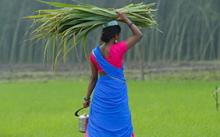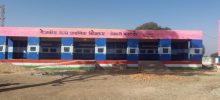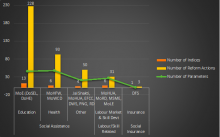A Portrait of Women's Empowerment in India
Empowering women to participate in economic and social life across sectors is essential to build back stronger economies in the wake of the Covid-19 pandemic and to achieve the fifth Sustainable Development Goal (SDG 5) which puts priority on gender equality and the empowerment of all women and girls by 2030.
 GOVERNMENT OF INDIA
GOVERNMENT OF INDIA









